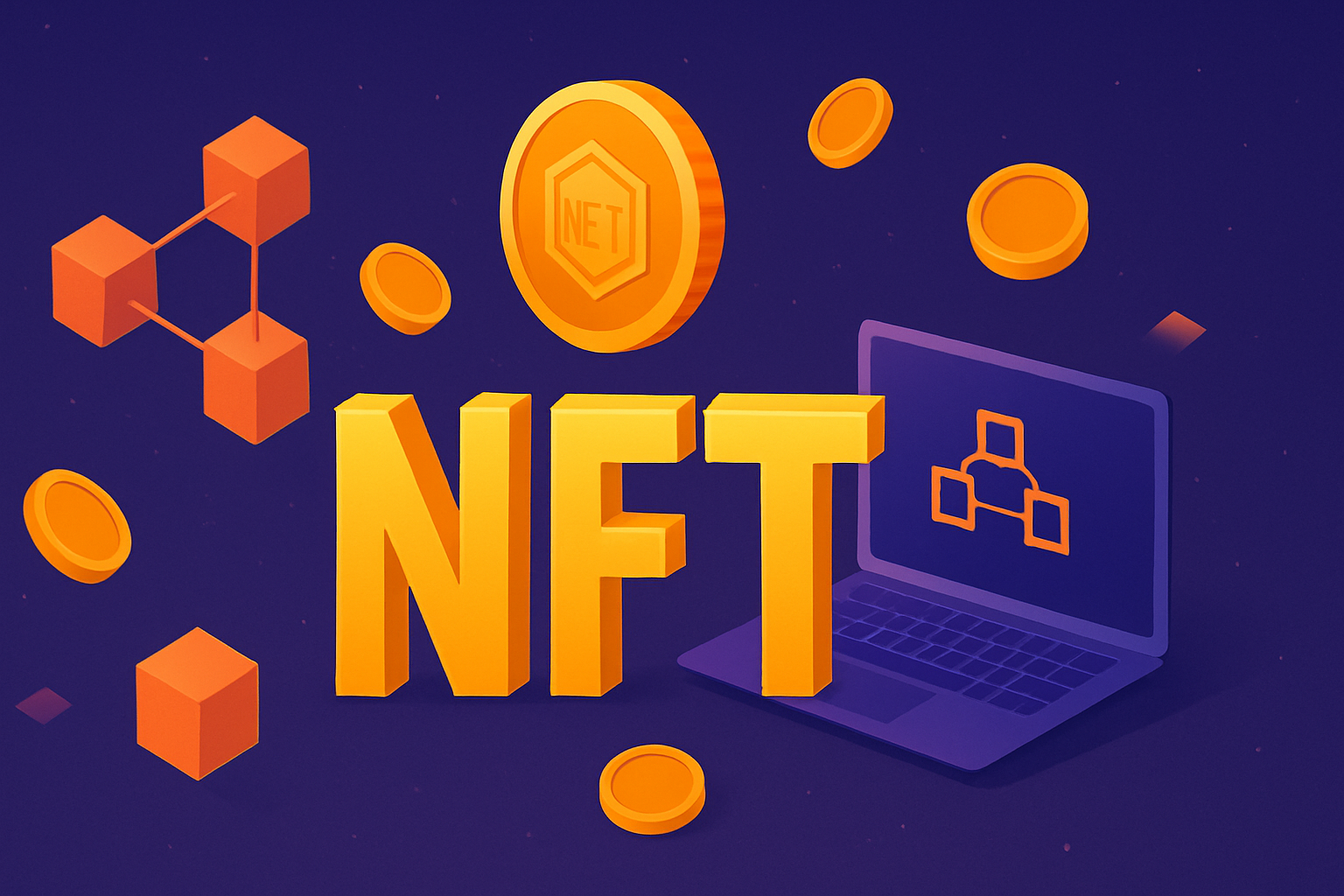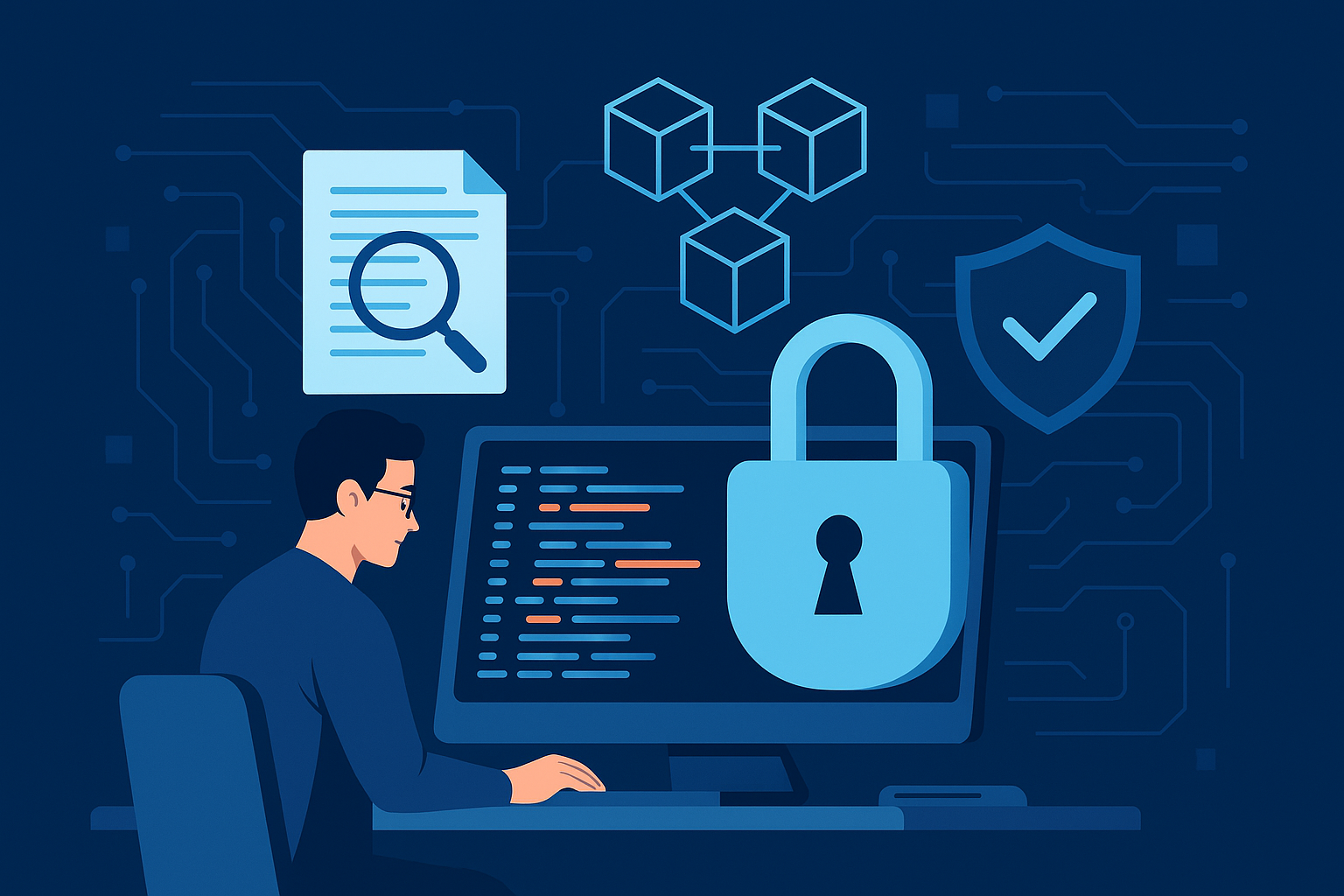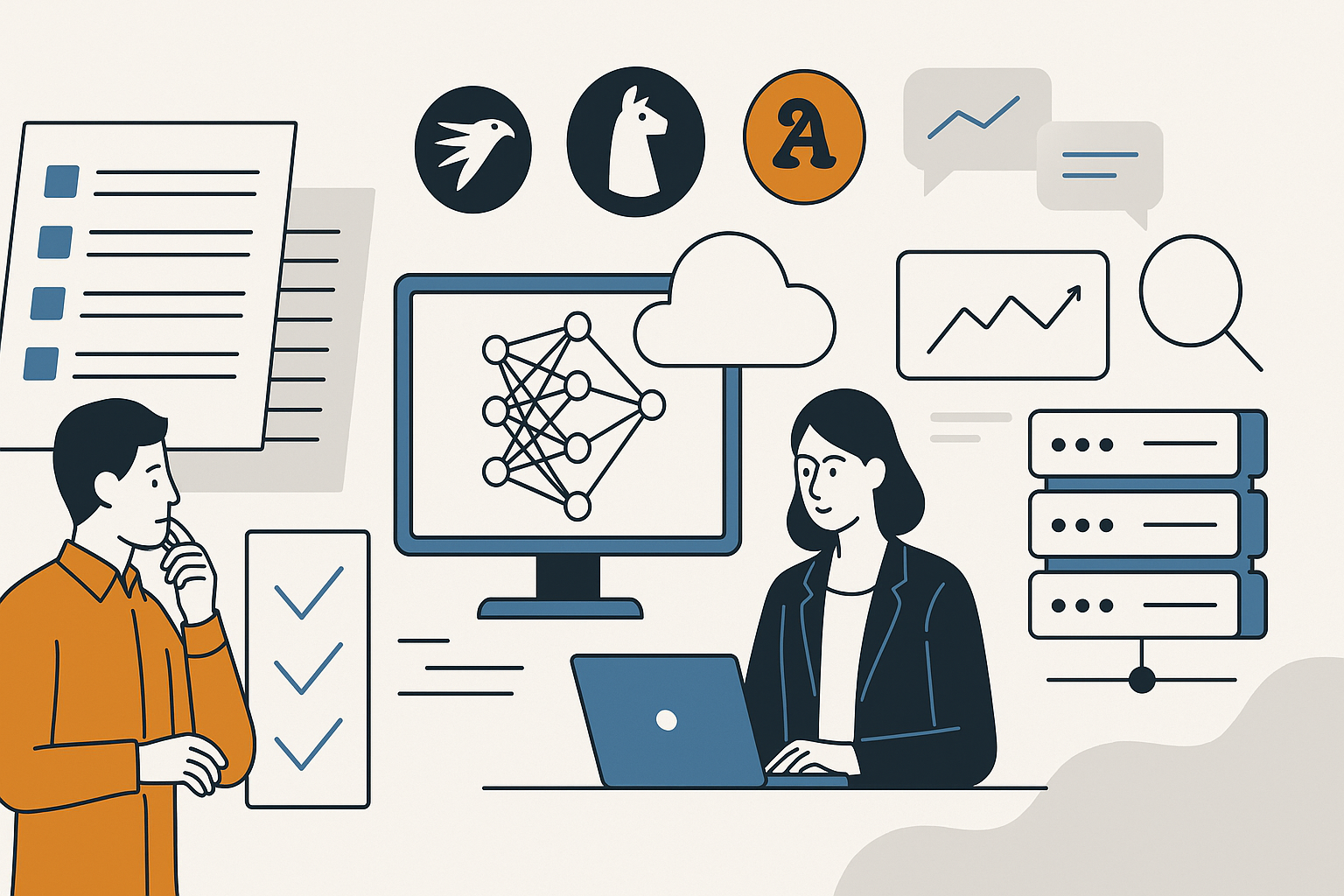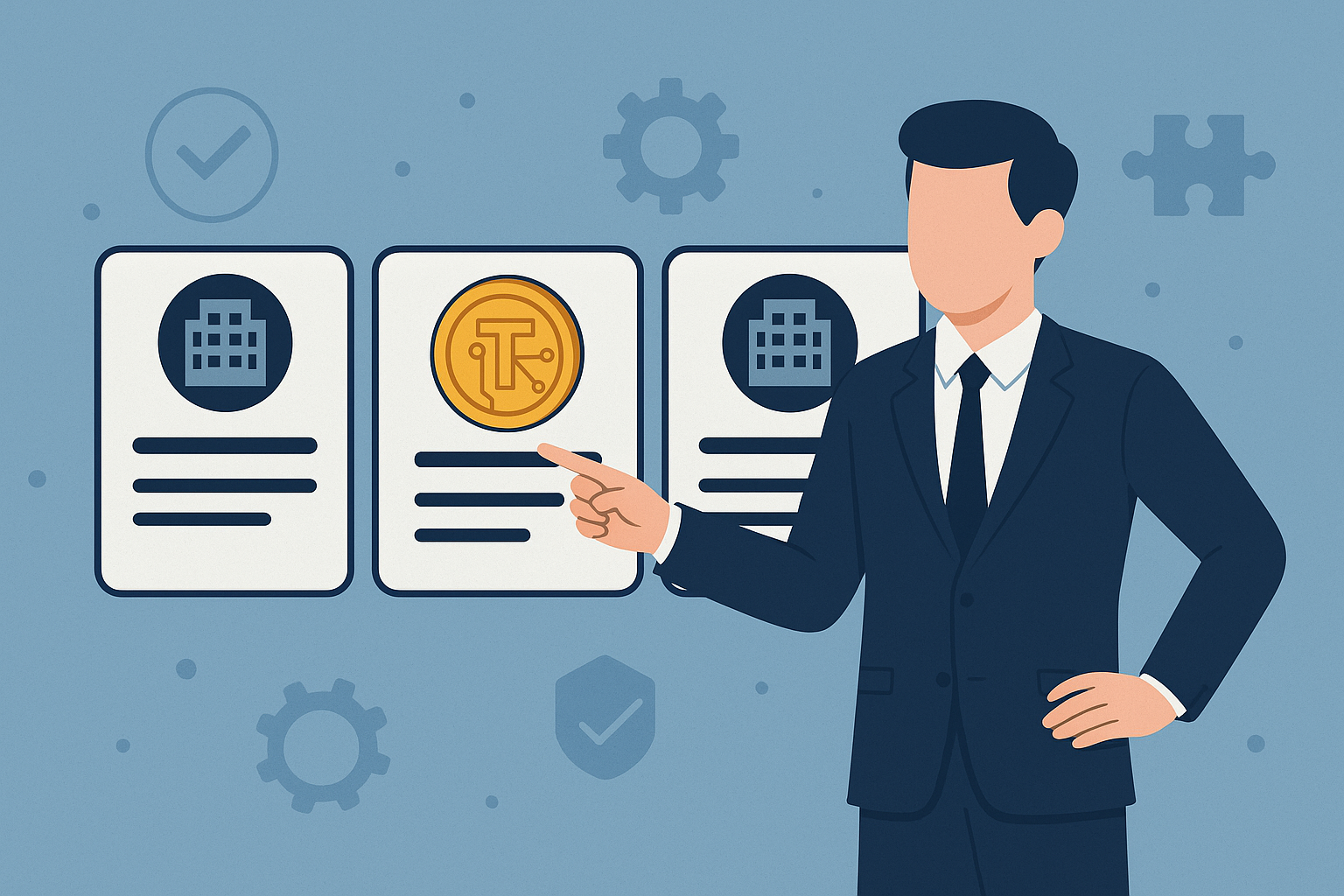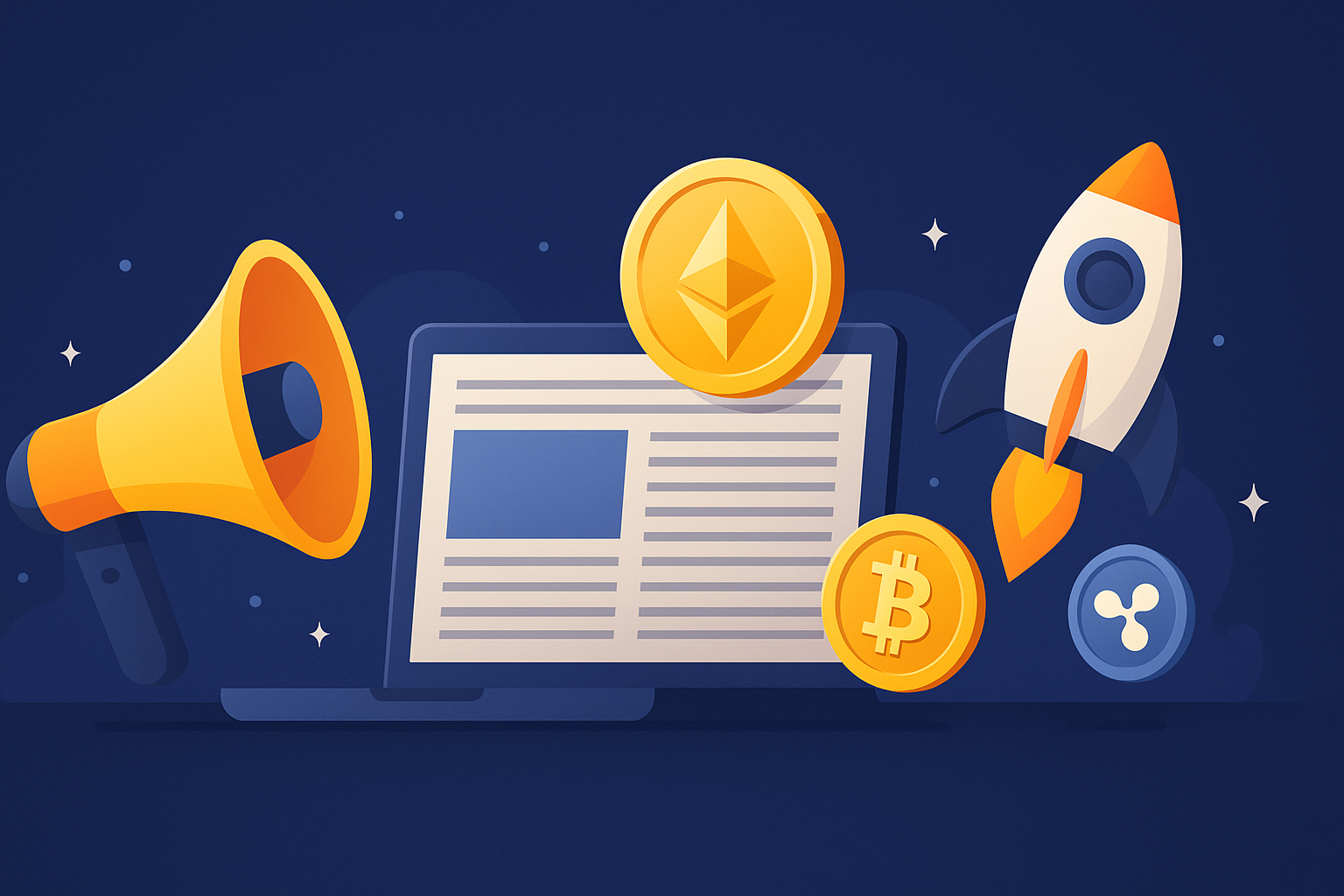What Makes AI-Enhanced Tokens the Game Changer for Next-Gen DApps?

Strong 8k brings an ultra-HD IPTV experience to your living room and your pocket.
The rapid evolution of blockchain technology and decentralized applications (DApps) has reshaped how digital economies function today. Meanwhile, artificial intelligence (AI) continues to revolutionize numerous industries by enabling machines to learn, reason, and automate complex tasks. When these two transformative forces—AI and blockchain—intersect, the result is a powerful new breed of digital assets known as AI-enhanced tokens. These tokens promise to be a game changer for next-generation DApps by unlocking unprecedented capabilities, efficiency, and value for users and developers alike.
In this blog, we’ll explore what AI-enhanced tokens are, how they work, why they matter, and the transformative impact they can have on the next generation of decentralized applications.
What Are AI-Enhanced Tokens?
AI-enhanced tokens are blockchain-based digital assets embedded with AI capabilities or powered by AI algorithms. Unlike traditional tokens, which primarily serve as means of exchange, governance, or utility within DApps, AI-enhanced tokens actively leverage AI to optimize their behavior, decision-making, and value creation.
Examples include tokens that:
- Automatically adjust their supply based on market conditions using AI-driven algorithms
- Enable predictive analytics for better governance or investment decisions
- Power AI marketplaces where tokens represent AI models or datasets
- Facilitate autonomous economic interactions with minimal human intervention
How AI-Enhanced Tokens Work
AI-enhanced tokens integrate AI components such as machine learning models, natural language processing (NLP), and autonomous agents directly into their smart contracts or associated off-chain services. These AI models analyze data streams (on-chain and off-chain) and dynamically influence token behavior, distribution, or governance.
For instance:
- A DeFi token might use AI to monitor market volatility and automatically rebalance liquidity pools.
- An NFT token could incorporate AI to generate dynamic, evolving art based on user interactions.
- Governance tokens could rely on AI-driven sentiment analysis from social media to propose or prioritize protocol upgrades.
Why AI-Enhanced Tokens Are Essential for Next-Gen DApps
As decentralized applications (DApps) continue to evolve beyond simple transactions and governance, the need for smarter, more adaptive infrastructure has become critical. AI-enhanced tokens are emerging as a game-changing innovation that elevates the capabilities of DApps by embedding intelligence into the very fabric of Web3 ecosystems.
Enhanced Decision-Making and Autonomy
One of the biggest limitations of traditional tokens is their static rules and human-driven governance. These legacy systems often require manual updates, community proposals, or developer interventions to adapt to changing conditions. AI-enhanced tokens can transcend these limitations by introducing autonomous intelligence capable of making real-time decisions based on continuous data analysis.
This means DApps can operate with far greater autonomy and efficiency. For example:
- AI-powered treasury management tokens can autonomously allocate capital to various liquidity pools or investment opportunities based on performance indicators and risk levels.
- Autonomous DAO governance tokens can analyze voting patterns, stakeholder sentiment, and engagement metrics to prioritize and recommend proposals that are more likely to benefit the community as a whole.
- Behavioral auditing can be performed by the token itself to enforce rules or flag suspicious activities without waiting for community action.
Improved User Experience and Personalization
AI-enhanced tokens enable DApps to offer personalized and adaptive user experiences tailored to individual behaviors and preferences. By analyzing on-chain behavior, transaction histories, wallet activity, and even off-chain data (e.g., social media interactions or device telemetry), AI algorithms can help tokens dynamically adjust parameters like incentives, access levels, or rewards.
Consider the following examples:
- Gaming DApps: Tokens that monitor user behavior can dynamically adapt game difficulty, offer real-time rewards based on engagement, or adjust rarity distributions for NFTs to keep players challenged and engaged.
- Social DApps: AI-integrated tokens can customize content recommendations, manage content moderation based on cultural context, and filter spam or misinformation, all while rewarding quality contributions.
- E-commerce or NFT marketplaces: AI tokens could adjust loyalty rewards or transaction fees based on buying patterns or long-term user value.
Greater Economic Efficiency and Stability
The crypto market is known for its volatility and susceptibility to manipulation. AI-enhanced tokens can act as stabilizers within these ecosystems. Thanks to advanced machine learning models, these tokens can:
- Automatically stabilize token prices by dynamically adjusting supply (through minting or burning mechanisms) based on predictive analytics.
- Detect fraud or manipulation in real time by flagging suspicious wallet behavior, abnormal trading volumes, or inconsistent data patterns.
- Optimize liquidity provisioning by analyzing historical and predictive trading volumes to ensure pools are adequately funded without overexposure.
This results in DApps that are more resilient to market turbulence. Not only does this bolster user confidence, but it also encourages institutional and retail investors to interact with these platforms more frequently, knowing that intelligent controls are in place.
Additionally, AI-enhanced insurance or rebalancing tokens could bring DeFi closer to mainstream financial tools by reducing unpredictability and managing systemic risk with surgical precision.
New Forms of Token Utility
The fusion of AI and token technology unlocks entirely new categories of use cases and utilities that were not possible with traditional token models. These include:
Tokenized AI Models: AI algorithms and ML models can be packaged as NFTs or fungible tokens, allowing developers and users to trade or lease computational intelligence. These tokenized models can be monetized across various platforms, powering applications from image generation to risk analysis.
Data Monetization Tokens: With AI-driven anonymization, users can tokenize their data—such as health records, browsing habits, or location data—and monetize it securely without compromising privacy. These tokens can form the foundation of decentralized data economies.
Intelligent Oracles: AI-enhanced oracle tokens don’t just pass along external data—they can verify, contextualize, and even summarize it before delivery. This ensures smart contracts are fed with more accurate and relevant information, minimizing logic errors and potential exploits.
Enabling Complex, Adaptive Ecosystems
Next-generation DApps aren’t just applications—they’re living ecosystems composed of interacting smart contracts, users, liquidity pools, governance modules, and data streams. These systems need to evolve constantly, and AI-enhanced tokens serve as the adaptive core of such ecosystems.
Here’s how they enable this:
- In DeFi, AI tokens can adjust interest rates, collateral requirements, or staking yields automatically based on macroeconomic indicators or ecosystem-specific data (e.g., TVL trends, borrower behavior).
- In Metaverse environments, these tokens could learn from user interactions and dynamically evolve avatars, permissions, or digital identities.
- In Healthcare or education DApps, AI-enhanced tokens can evaluate user data to personalize care pathways or learning curriculums—offering tailored access based on real-time needs.
How to Start Building an AI-Enhanced Token
Building an AI-enhanced token is a multidisciplinary endeavor that combines smart contract development, AI/ML expertise, data infrastructure, and tokenomics. Whether you’re a startup or a Web3-native enterprise, here’s a deeper look at the key steps involved in launching a successful AI-powered token.
Step 1: Define the Role of AI Within the Token
Begin by identifying the specific function AI will perform. Ask questions like:
- Will the AI manage staking rewards dynamically based on user participation?
- Will it optimize treasury decisions or perform autonomous governance voting?
- Is the AI needed to personalize access or detect fraudulent behavior?
Clearly defining this scope helps avoid overengineering and ensures the AI aligns with your business logic. Consider whether real-time decision-making is critical, or if periodic analysis (e.g., every block or epoch) is sufficient.
Step 2: Choose the Right AI Model and Architecture
Once the AI use case is defined, select an appropriate model:
- Rule-based AI works for predictable logic like dynamic pricing or tiered access control.
- Machine learning models are ideal for predictive tasks, anomaly detection, or behavior-based optimization.
You must also choose where inference happens:
- On-chain AI is rare due to gas and storage limits, but viable for lightweight logic.
- Off-chain AI using decentralized oracles (e.g., Chainlink Functions, Fetch.ai) is more scalable.
- Hybrid setups (on-chain triggers with off-chain computation) are often the most practical.
Step 3: Build a Secure and Modular Smart Contract Framework
Security is non-negotiable. Use modular, upgradable smart contracts written in well-audited languages like Solidity or Vyper. Leverage open standards (like ERC-20/ERC-721) and integrate robust access controls, fail-safes, and upgrade paths. Integrate trusted oracles to fetch external data—especially if your AI relies on off-chain analytics.
Step 4: Simulate and Stress-Test Behavior
Before deployment, simulate how the AI will behave under different market conditions and user interactions. Use tools like Hardhat, Foundry, or Ganache to test edge cases. Validate that AI decisions do not lead to negative feedback loops, economic exploits, or protocol failure.
Step 5: Launch with Iterative Feedback Loops
Deploy the token in phases (testnet → mainnet beta → full release). Involve your community early to validate behavior and gather data. Allow the AI to retrain or fine-tune based on real-world usage, ensuring it adapts without compromising security or fairness.
Conclusion
AI-enhanced tokens mark a transformative leap in how decentralized applications are built and operated. By embedding intelligence directly into token mechanics, developers can create systems that learn, adapt, and optimize in real time—eliminating the rigidity of traditional token models. Whether it’s autonomous governance, dynamic rewards, or predictive asset management, AI-enhanced tokens empower DApps to be more responsive, efficient, and user-centric. As Web3 continues to evolve, these intelligent assets will be at the core of next-gen protocols that demand both decentralization and adaptability.
Note: IndiBlogHub features both user-submitted and editorial content. We do not verify third-party contributions. Read our Disclaimer and Privacy Policyfor details.



